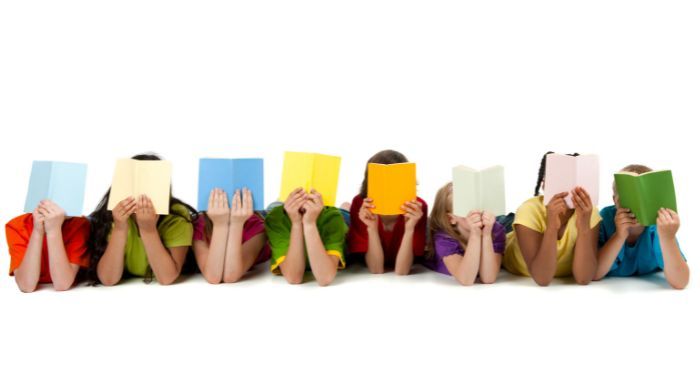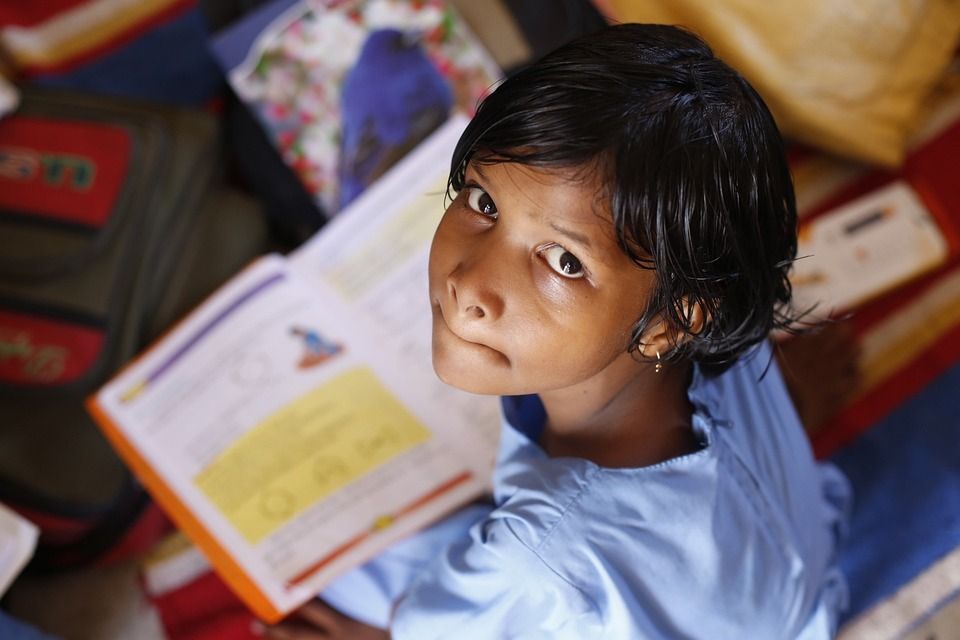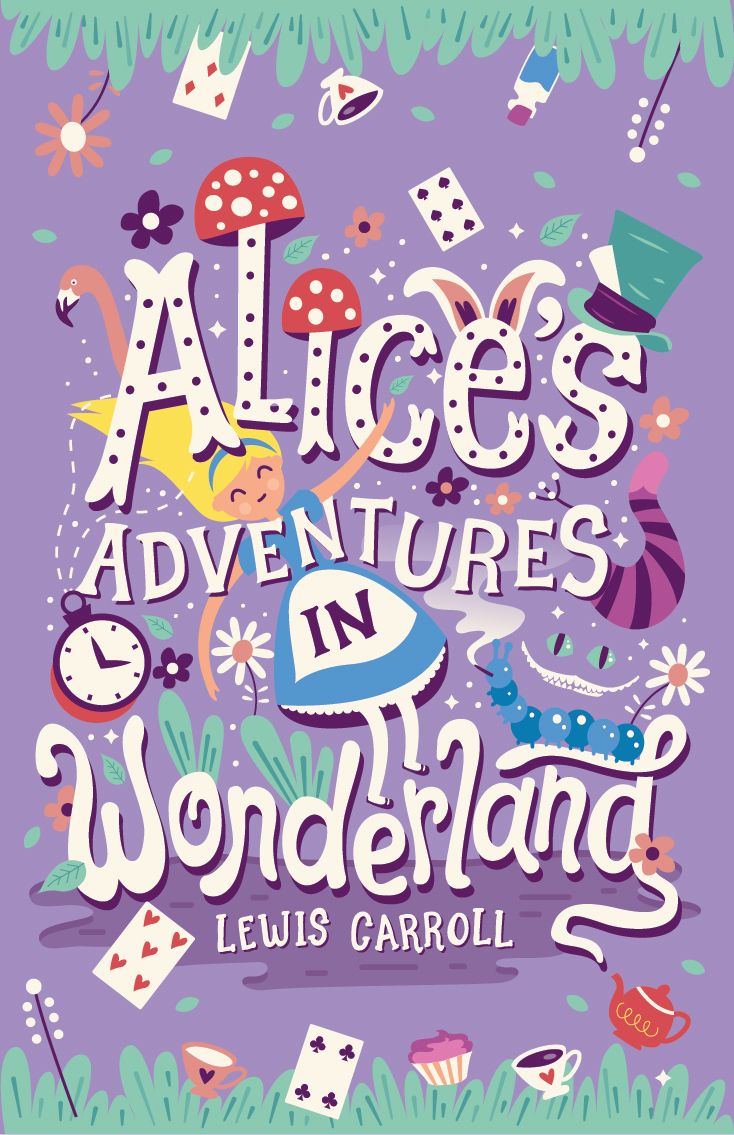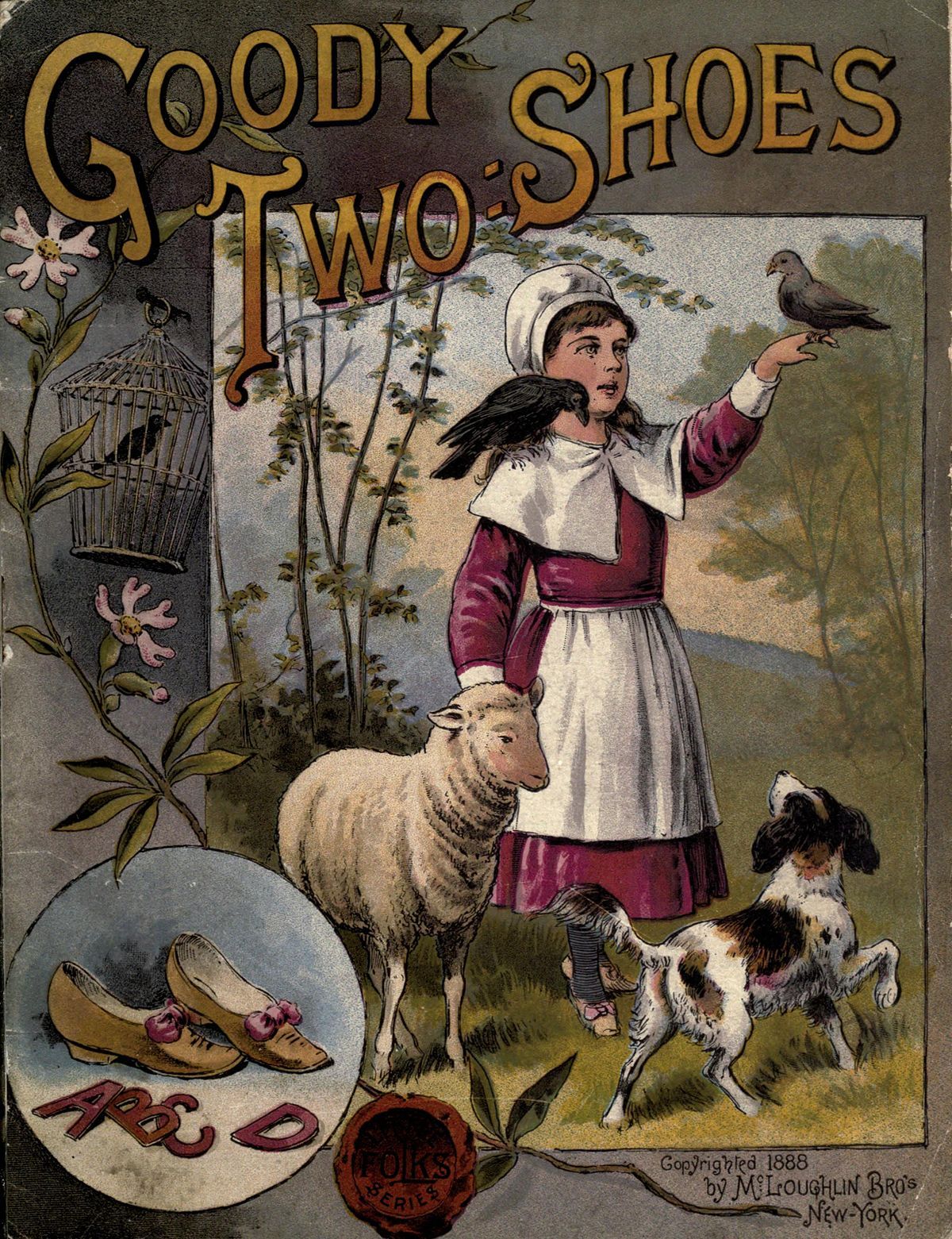
This content contains affiliate links. When you buy through these links, we may earn an affiliate commission.
The history of children’s books and literature, and the genre as a whole, has been the subject of many different debates: what makes a good children’s book, whether adults should read children’s books, and the ways that children’s literature has been overlooked, denigrated, or considered ‘not real literature’.
Writers, readers, and critics have argued on subjects such as whether age boundaries are actually helpful, whether children’s stories should teach a lesson or just be entertaining, and whether it’s appropriate for children’s books to deal with dark or unsettling topics. It’s perhaps unusual that such a huge amount of debate exists around what is one of the more recent areas of literature.
The first novel was arguably The Tale of Genji, written over a 1,000 years ago; poetry has existed longer than the written word, and written plays since at least the days of the Ancient Greeks. Adult novel genres are more recent; the bildungsroman came about in the 18th century, as did the romance novel, while sci-fi debuted with Mary Shelley’s Frankenstein in 1818. However, the history of children’s books and literature as we recognise it is one of the newer literary fields on the scene, and discussion around where it came from and what can really be defined as children’s literature have often been as contentious as the history of the category of childhood itself.
 Image from Pixabay
Image from Pixabay
Before Children’s Literature
Before the rise of specific children’s literature, children were of course reading. At least, those from families that had access to education and could afford to buy books or other reading materials were. However, the books and stories that children from earlier ages read were not targeted at them, but instead were written for a broad audience.
In his article ‘The Origins of Children’s Literature’, M. O. Grenby notes that in the 17th and early 18th centuries, children and adults would both read the ‘fairy stories, lengthy chivalric romances, and short, affordable pamphlet tales’ that made up the bulk of popular publications. Grenby comments that even books which a modern reader would most likely consider to be “for children” would not have been pitched as such in those days, describing ‘Nathaniel Crouch’s Winter-Evenings Entertainments (1687) […] [which] contains riddles, pictures, and ‘pleasant and delightful relations of many rare and notable accidents and occurrences’ which has suggested to some that it should be thought of as an early children’s book. However, its title-page insists that it is ‘excellently accommodated to the fancies of old or young’.’
The Kids Are All Right Newsletter
Sign up to The Kids Are All Right to receive news and recommendations from the world of kid lit and middle grade books.
Thank you for signing up! Keep an eye on your inbox.
By signing up you agree to our terms of use
Grenby tells us that ‘the books that were published especially for children before the mid-18th century were almost always remorselessly instructional (spelling books, school books, conduct books) or deeply pious’, something frequently noted by scholars of early children’s literature, including the curators of the exhibition ‘From Didacticism to Entertainment: The Evolution of Children’s Literature’. The reason for these sanctimonious, ‘scare-them-into-behaving’ children’s books was largely due to the view of children at this time. One of the most common prevailing theories was based on religious beliefs about people’s inherent sinfulness from birth: ‘Christian morality proposed the idea of ‘original sin’; children were inherently evil and had to be redeemed (often by punishment) and learning to be good Christians’. James Janeway, author of A Token for Children (1672), wrote graphic stories of wicked and unrepentant children dying in the fires of Hell as a result of their lack of piety, and as researcher Catherine Golden notes, ‘That Janeway’s popular book was still in print in 1875, over two centuries after it was published, speaks to the endurance of the didactic tradition in children’s literature’.
The clear division between entertaining stories produced for readers of all ages, and didactic literature for children, suggests that the concept of producing entertaining stories specifically for a child audience was not something that the very earliest children’s writers considered. However, this later changed; Grenby discusses how ‘by the end of the 18th century, children’s literature was a flourishing, separate and secure part of the publishing industry in Britain’. This is a result of the work of authors such as John Newbery, who began his career as a dedicated writer for children with A Little Pretty Pocket-Book Intended for the Instruction and Amusement of Little Master Tommy and Pretty Miss Polly (c. 1744) and went on to write a book so influential that the main character sparked a phrase still in use today (and a song by Adam Ant), The History of Little Goody Two-Shoes (1765). Newbery’s books still had a strong focus on the necessity of teaching children to be “good,” but his approach was far gentler than that of writers like Janeway. Instead of hellfire and brimstone, his stories contained characters who were rewarded by deciding to live decent, hardworking lives.
What is the first children’s book?

First published in 1865, Lewis Carroll’s Alice’s Adventures in Wonderland is often hailed as the first “real” children’s book, and it is certainly a contender for the most popular. It has been read and loved consistently for the past 158 years and has had an enormous worldwide influence, being adapted, parodied, pastiched, or referenced across practically every area of media and beyond, from film and video games to fashion and interior decor.
According to Maria Langford, the book ‘initiated a shift in children’s literature from didacticism to entertainment’, often poking fun at the old didactic children’s works as it did so. For example, nearly all of the poems that feature in Alice’s Adventures in Wonderland and the sequel Through the Looking Glass are parodies of existing poems designed to teach children good manners and industrious habits; ‘How Doth the Little Crocodile’ is a dark send-up of the much more sanctimonious ‘How Doth the Little Busy Bee.’
Interestingly, the success of Alice’s Adventures in Wonderland made it the subject of one of the earliest examples of the “this book is too good to be a children’s book” debate that has raged around stand-out children’s novels ever since. As Holly Williams discusses in her article ‘The Children’s Book That’s Really for Adults’, ‘from its very first publication, Alice broke the bounds of “children’s literature,” to the extent that The Nation newspaper was able to suggest the book was more for adults than children, really’.
Of course, a book being fun for adults as well as children doesn’t mean that it isn’t a children’s book – it just means that it’s a good children’s book. While not universally beloved – Terry Pratchett famously hated the Alice books, saying ‘Have you ever wondered why a piece of crap like Alice in Wonderland is still in print? It really is the most awful book…I thought it was god-awful, creepy Victorian humour’ – Alice’s Adventures in Wonderland challenged the moralising of earlier children’s books and broke ground for children’s literature to be a compelling, experimental space.
The History of Children’s Books: The Golden Age
Alice’s Adventures in Wonderland began what has popularly been considered the first Golden Age of children’s literature, where books were primarily intended to entertain child readers instead of teaching them moral or religious lessons. Other Golden Ages, waves of change and renewed interest in children’s literature, have followed. The second Golden Age began in the post–World War Two era, led by writers such as Rosemary Sutcliffe, C. S. Lewis, and, later, Roald Dahl.
Many readers and writers consider us to currently be in a third Golden Age, with a huge number of popular children’s books influencing the cultural zeitgeist, being adapted into films, TV series, and broader media at a rate comparable to, or in some cases exceeding, adult literature. Arguably, children’s books are still ultimately about teaching morals; books like the Percy Jackson series and many others teach about the importance of friendship and recognising others’ strengths, books like The Marvellers look at embracing difference through the medium of different magical systems, and a plethora of children’s books examine the necessity of protecting the environment and stopping climate change or pollution. However, unlike the stern moralising of Janeway and his contemporaries, these books prioritise a good story and compelling characters. No children’s book can succeed on its message if the story itself isn’t entertaining.
Kidlit Trivia
Despite its relatively short history, children’s literature and the authors who write it have given rise to some fascinating facts and trivia. Here are some of my favourites:
- If Andersen was too clingy, Peter Rabbit author Beatrix Potter was quite the opposite. Allegedly, a then 6-year-old Roald Dahl went to visit the famous author, who told him to ‘buzz off.’
For more trivia on children’s writers, try our article Did Maurice Sendak Hate Children? If you want to read your way through some of the best children’s literature, check out The Best Children’s Books of All Time.


